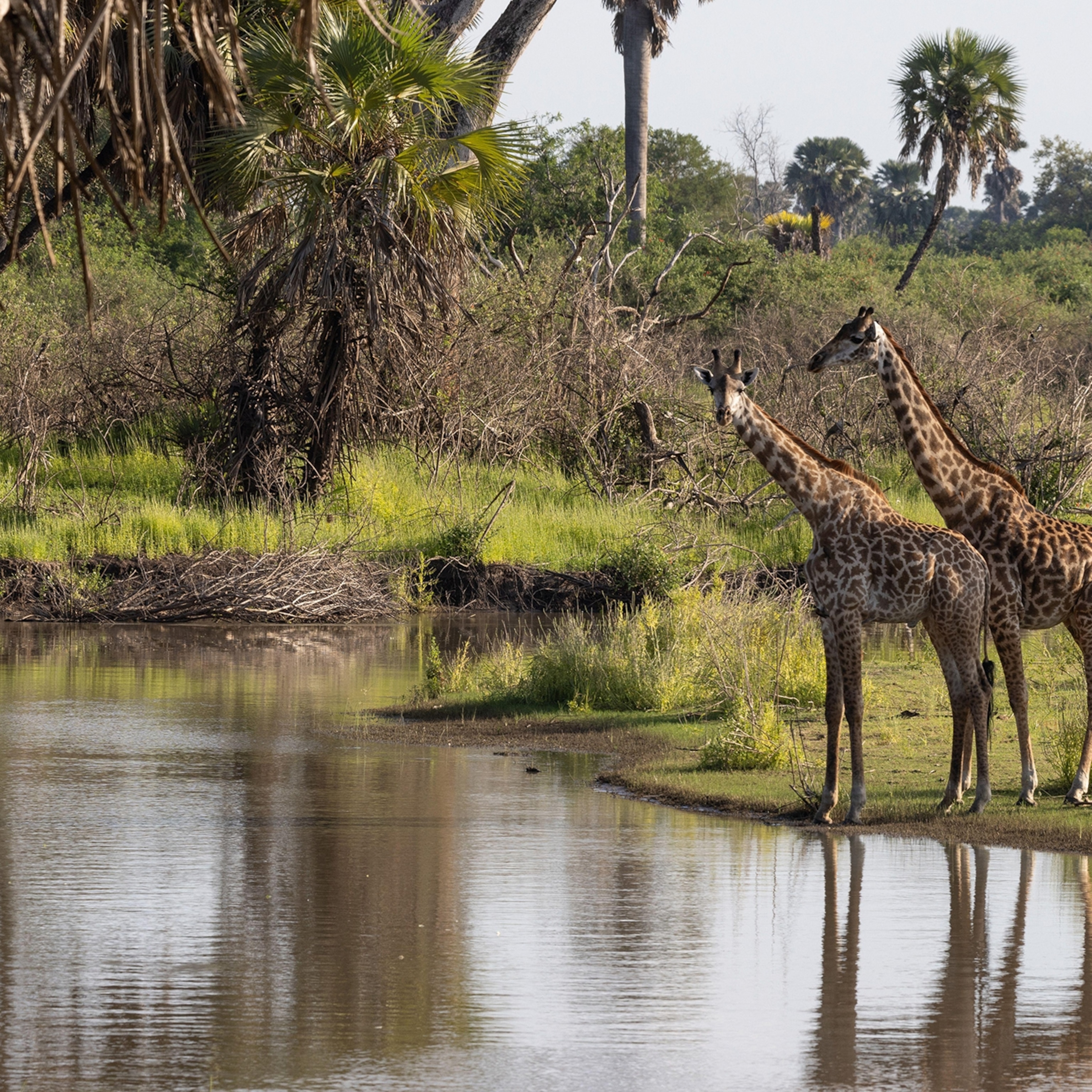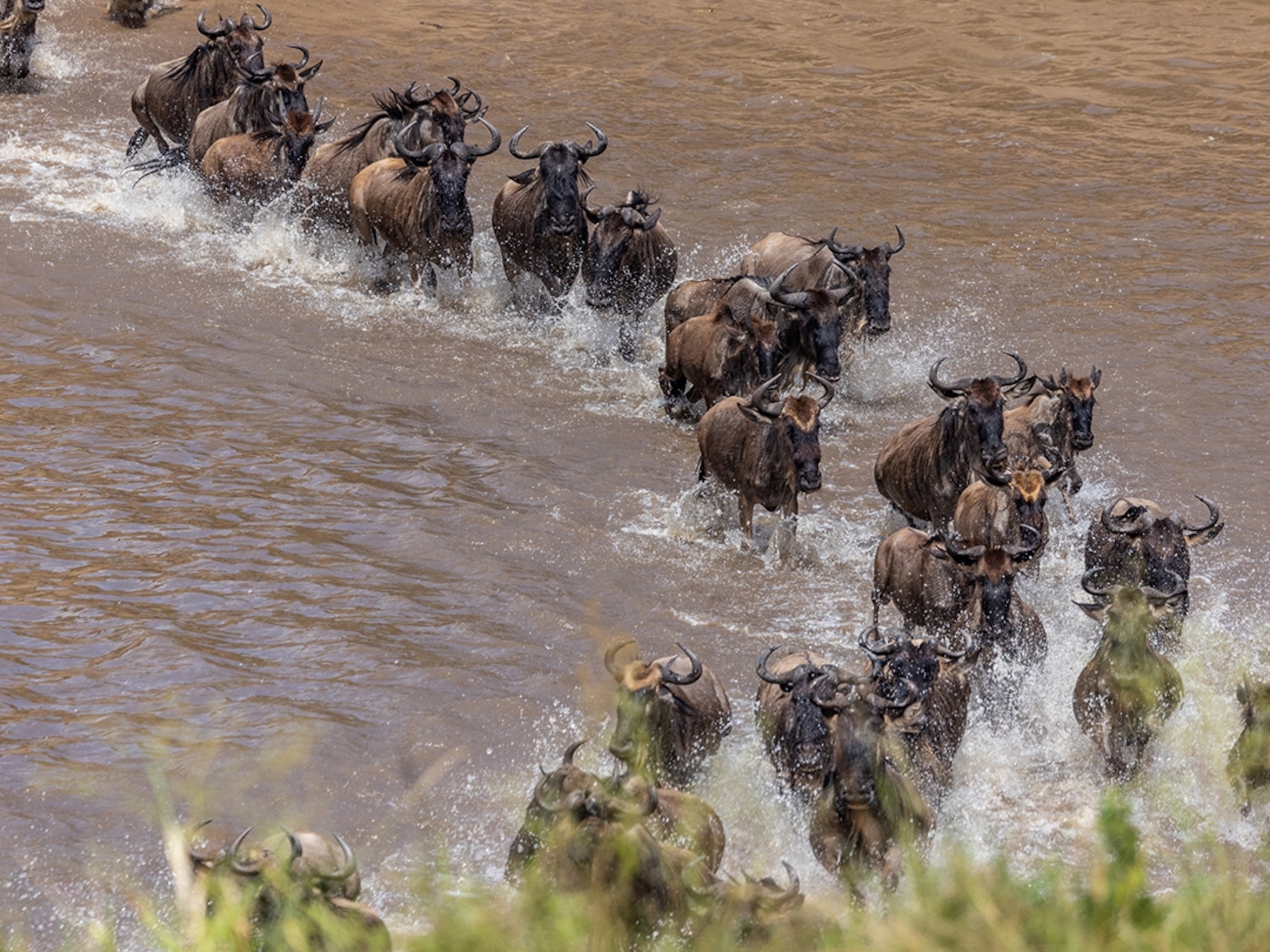Great Migrations: Keeping Yellowstone’s Lifeblood Flowing
Migrating elk, pronghorn, and other wildlife help ensure a healthy ecosystem, but development could threaten their ancient routes.
Ask Arthur Middleton to define the lifeblood of the Greater Yellowstone Ecosystem, and he may mention three major river systems. But he will quickly turn his focus to terrestrial wildlife migrations.
Middleton, an ecologist and research scientist with Yale University and the University of Wyoming, studies animal pathways. And Greater Yellowstone, the 22.6-million-acre region in Wyoming, Montana, and Idaho, contains the longest known pathways for mule deer and pronghorn ever documented: overland routes that rival in distance the movement of wildebeests on the Serengeti Plain and caribou in the Arctic.
“Rivers run in only one direction—downward, carried by gravity,” says Middleton. “But megafauna, using their ancient corridors, flow back and forth, up and down mountains, between winter and summer range. They pulse through the landscape like heartbeats, pumping and recycling caloric energy.”
Megafauna ... pulse through the landscape like heartbeats.Arthur Middleton, Ecologist and research scientist, Yale University
How wildlife moves—and when and where it goes—affects many parts of an ecosystem: abundance of both prey and predators, the potential spread of diseases, hunting opportunities, tourist economies, and decisions regarding the potential location of natural resource extraction, highways, and human development. In the lower 48, where migration routes were unrecognized and fragmented by human settlement, they often vanished—and along with them animal homing instincts that had evolved over ages.
“Losing wildlife migration is like destroying a human language,” says Joel Berger of the Wildlife Conservation Society.
Berger has tracked the migrations of pronghorn in Wyoming, saigas in Russia and Kazakhstan, and musk oxen in the Arctic Circle. Migrations, he says, reflect more than physical navigation. They serve as windows into the cultures of wildlife. They show how learning is passed from mothers to offspring. They reveal instincts that have ensured survival from one generation to the next.

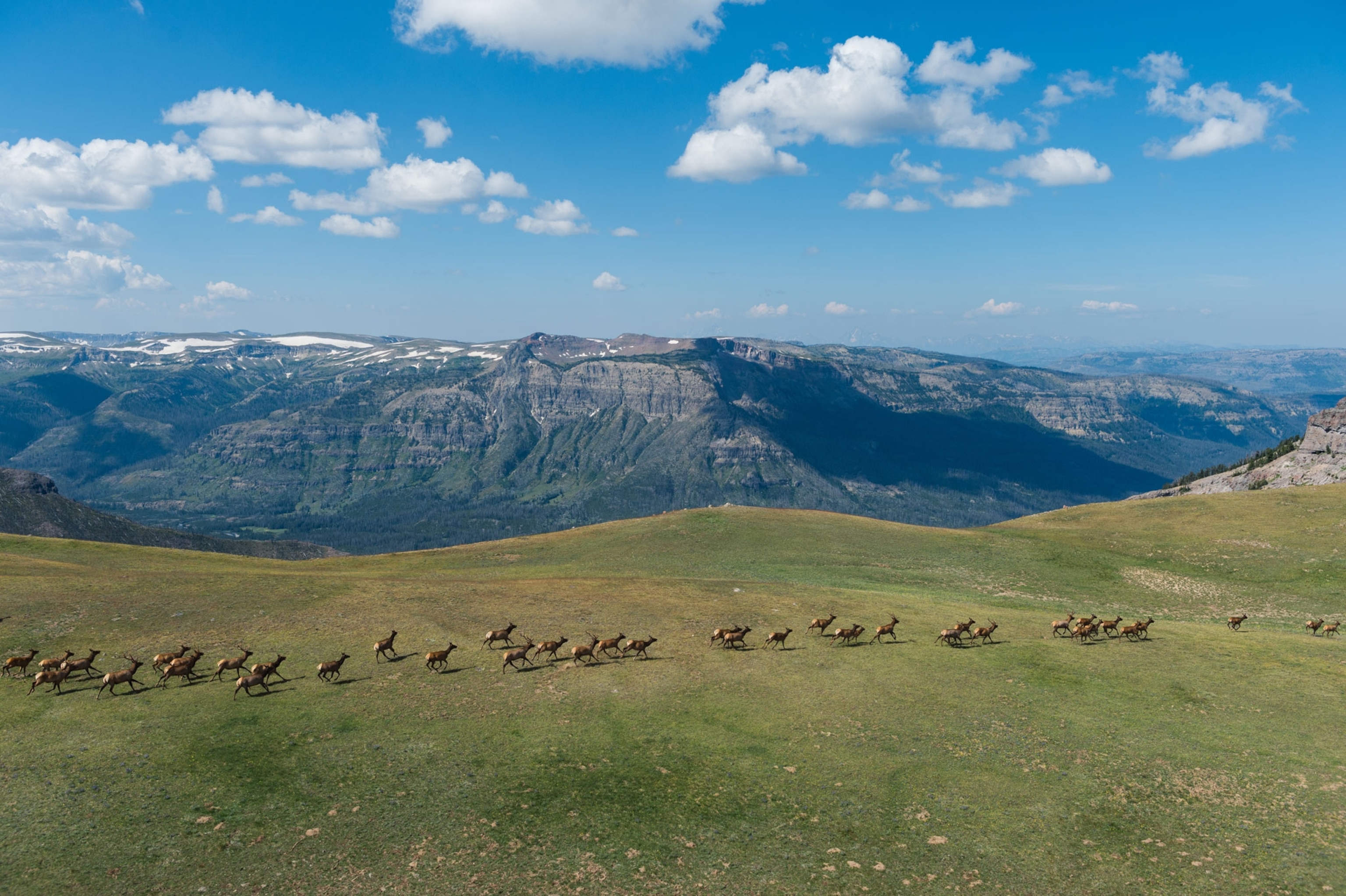
Following the Trail
Middleton says he had an aha moment a few years ago when he was investigating a decline in the number of elk calves in the Clarks Fork herd north of Cody, Wyoming. The decrease was immediately blamed on wolves.
But by trailing the herd along the full extent of its annual migration, Middleton discovered that young elk were also dying from grizzly bear predation. Plus, the effects of an extended drought had decreased the abundance of summer grasses in the mountains. This, in turn, negatively affected elk survival and fecundity, which resulted in fewer healthy offspring.
“You can’t make broad extrapolations about what is happening based on one data point,” Middleton says. “I realized I had to go where the elk went to understand the full story—and that meant seeing what happened on every leg of their migration.”
Middleton’s discovery about the Clarks Fork herd led him to wonder about the movements of the rest of the elk in the ecosystem. “Elk are the ultimate transboundary species in terms of entering and exiting Yellowstone Park,” Middleton says. Their journeys across borders underline how essential it is that Greater Yellowstone be viewed as a whole.
At least nine elk herds converge upon the mountain slopes of Yellowstone in summer and then funnel back out again to distant winter ranges. In Grand Teton National Park, a few hundred pronghorn similarly arrive in the national park and then head back to windblown winter grasslands in the Upper Green River Valley. Just to the south, mule deer in the Hoback River Basin embark seasonally on a 300-mile round-trip trek to the Red Desert Basin, the longest mule deer migration ever recorded and the second longest mammal migration on the continent.

National Geographic contributing photographer Joe Riis provides a key portal to researchers’ understanding of migrations. Setting camera traps, he has chronicled elk passing through the remote Thorofare region outside the southeast corner of Yellowstone. His dazzling images show elk climbing steep mountains and fording raging rivers. Riis has also documented antelope wending their way along the so-called Path of the Pronghorn: crossing a highway on a wildlife overpass named Trappers Point and traversing national parks, national forest, federal Bureau of Land Management tracts, and private land.
Another key to identifying and understanding migrations is mapping them. Matt Kauffman at the University of Wyoming is spearheading an effort called the Wyoming Migration Initiative. He is working with Middleton and more than a dozen colleagues, along with the Wyoming Game and Fish Department and others, to create a comprehensive atlas of maps to inform public and private land managers.
Middleton likes to compare Yellowstone’s migrations to the circulatory system in a human body, carrying nourishment everywhere. What he hopes is that the system doesn’t suffer its own version of a coronary episode.
“A person who suffers a heart attack has done incremental things over time that lead to poor health. The same thing could affect the circulatory system of Greater Yellowstone,” Middleton says. “With these magnificent migrations and the corridors they depend upon, it won’t be a single clog in the arteries—but many, encroaching slowly over time. Then one day, the heart just stops beating, and it’s over. We have to make sure that never happens.”
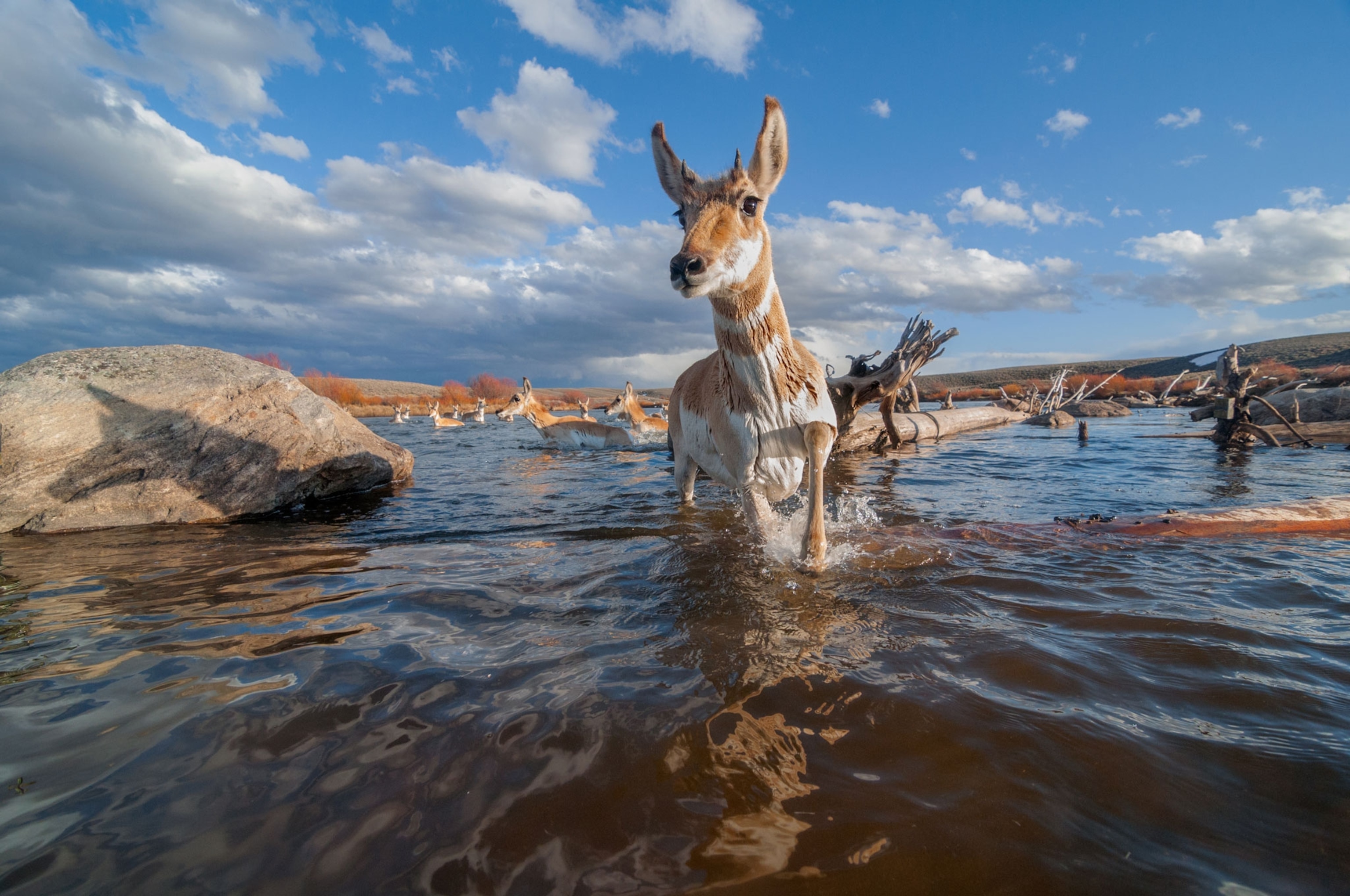
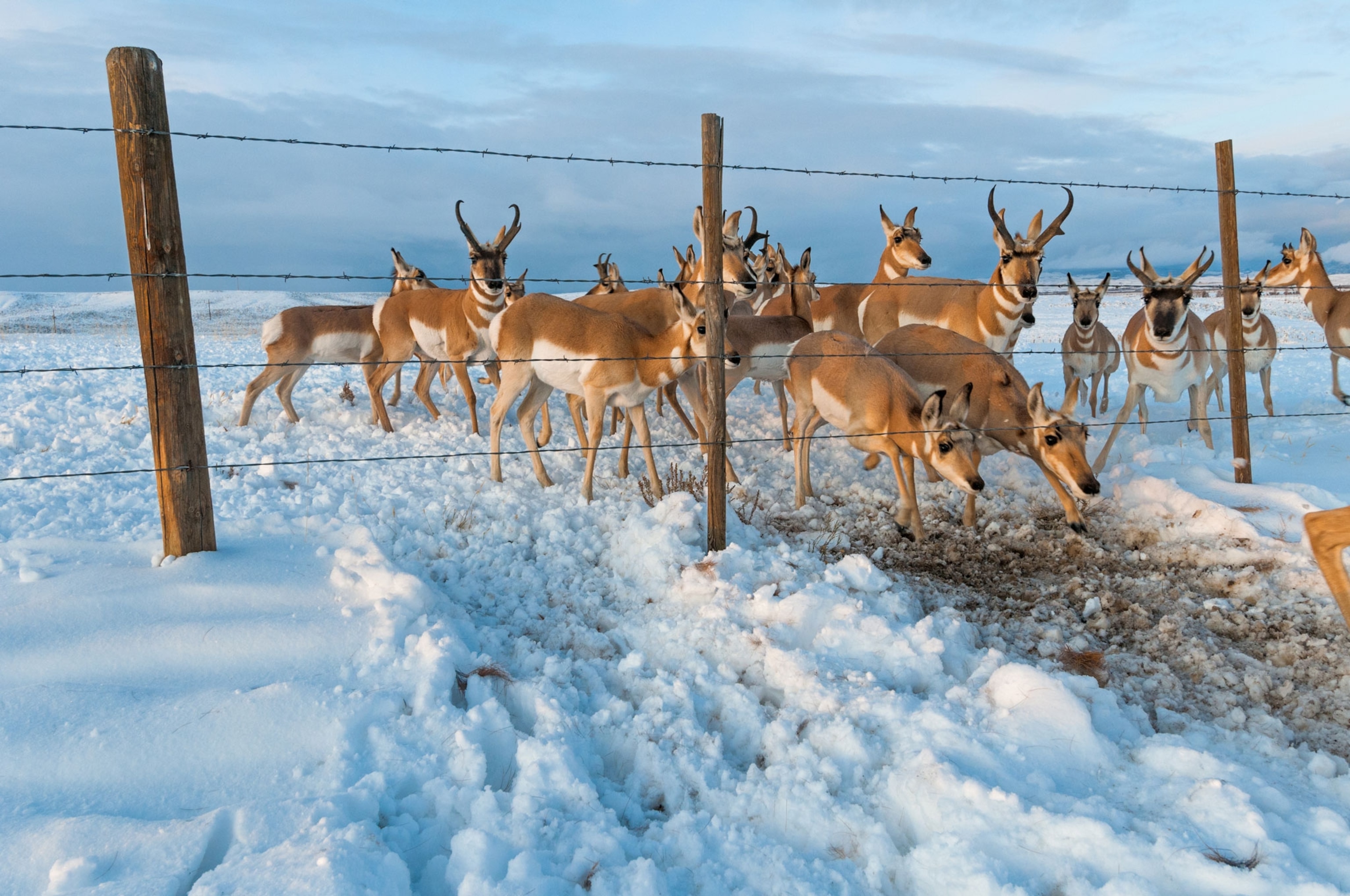
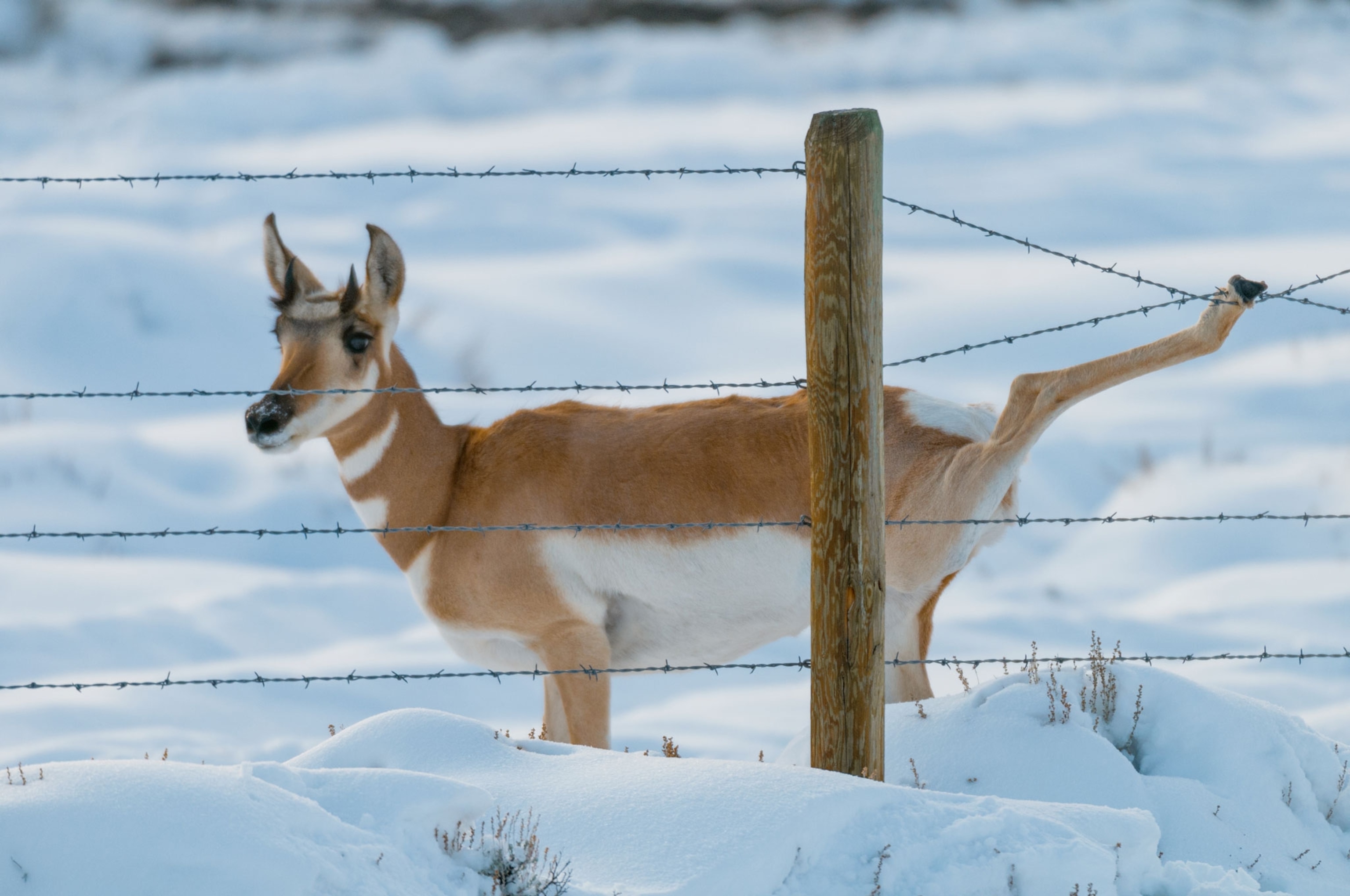
In a spectacular yearlong event, the National Geographic Channel series America’s National Parks will show you the parks’ natural wonders—both big and small—as you have never experienced them before. Learn more about the series.
Correction: An earlier photo caption incorrectly stated that Arthur Middleton and Wes Livingston were traveling within Yellowstone National Park, where dogs and fires are not permitted in the backcountry. They were actually outside the park, in Bridger-Teton National Forest.


